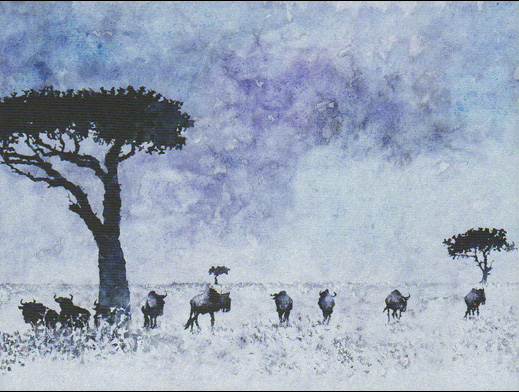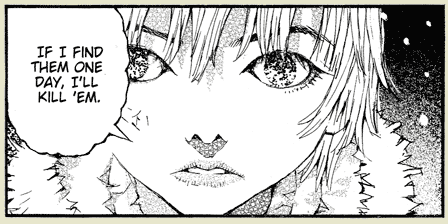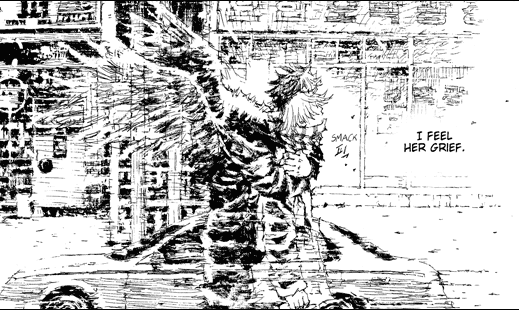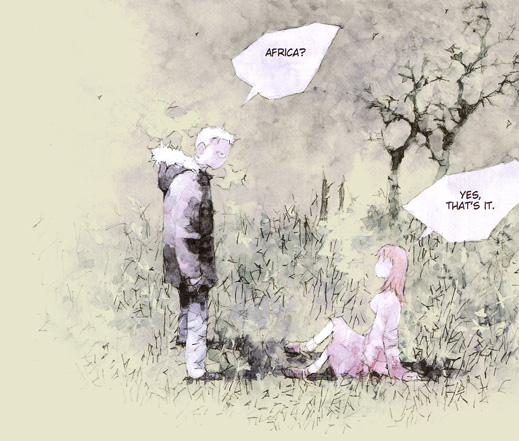Mijeong
As I've mentioned in the past, even good anthologies tend to be a mixed bag—the good mixed with the okay and occasionally even with the bad. The negatives of this kind of arrangement are obvious. A collection of stories presents an uneven reading experience, making it difficult for a reader to grow comfortable with a work. If the quality of one story cannot reasonably be expected to carry over into the next, anticipation can lead to anxiety, bringing a level of non-narrative stress to the reader's journey through a book. And if the opening several stories do not win a reader's respect, the anthology may be abandoned well before reaching pages featuring more winning literature. Conversely, if a collection's opener is well-crafted but later stories fail to deliver, a reader may feel cheated—which may unfairly colour the entire experience.
On the other hand, an anthology offers a number of benefits as well. The staccato rhythm of a well-planned collection of disparate stories can be exciting, keeping readers engaged and looking forward to What Comes Next. A bitter taste from one story can be quickly chased from memory by the changed pace proposed by the following. In a mere couple-hundred pages, a reader can experience a cornucopia of stories, themes, characters, and ideas. In a volume collecting a variety of authors, a reader may be exposed to numerous new voices and may end up following several of these to more fulfilling works.

But sometimes, most interesting of all is the anthology collating short works of a single author—this can offer the reader a glimpse into the artistic development of that author. While veteran creators may have settled into a singular style and will not afford any ready purview into the creative evolution (cf. Jirô Taniguchi's The Ice Wanderer), the young creator's growth will be much more evident (cf. Fehed Said's in Talking to Strangers). This is very much the case with Byun Byung-Jun's Mijeong. While the volume's stories do not appear chronologically, a quick glance at the book's afterward reveals a rough sequence, one in which we see maturation.

Mijeong's earliest two stories are dark comedies. They're light but are ultimately not interesting or amusing enough to keep a reader's attention. The earliest "202, Villa Sinil," plays with adolescent fantasies of the sudden discovery of a hidden, meta-natural power. A young, socially awkward cartoonist discovers that if he damages a representation of a person in his apartment, that person will die or be injured. It's the kind of cliched idea that tends to appear inventive to the young. I didn't mind the story, but it didn't have much life either. The other dark comedy, "Utility," features a youth with a broken conception of the scientific method and how he gets roped into corpse disposal. "Utility" runs less along expected lines but still has little to recommend it. The art in both of these stories is prototypical of what finds better expression in Byun's later stories.
Three years after "202, Villa Sinil," we see the author shift into a mopier phase. In Spring 2003, he produced "Mijeong" (the story for which the collection is named), a short piece inspired by the film Wings of Desire. In it we find an angel who's fallen in love with a human girl—inexplicably, because she never demonstrates any attractive qualities, but since love is rarely explicable, we can't mind too much. The story is terse, more vignette than anything, and is fraught throughout with emo phraseology. "Nobody understands my sadness." "I met her. She whose pain and distress are so familiar to me." "As long as she lives, she'll suffer. Infinite suffering. Eternal pain." The story would have been perfectly designed to go over big with the Twilight crowd had only Byun's art not been so interesting.
"Mijeong" is where we first see the artist's eye and patience come to the fore. His style is a strange mix of spare and detailed, focusing deeply on rendering some objects of attention and leaving others subsumed in the purity of space. While his art will further develop and improve, we can happily see the makings of greatness in this title story.
 Actually, that's her chest.
Actually, that's her chest.
(Also, I just noticed: that is one tiny car—since it's supposed to be driving through them.)
"Yeon-Du, Seventeen Years Old" would be of a kind with "Mijeong" if it weren't for the tale's narrative value. The tone of "Yeon-Du" is similarly bleak to "Mijeong" but doesn't engage so much in the trite romanticism of the former work. There's certainly a focus on the heart and what kind of tragedies can destroy the abstraction of that organ, but it's not quite so over-cooked. It helps too that Byun's art gets even better by this point and his use of negative space is inspired. "Yeon-Du" features a young woman (to whom the title's age applies) and a man in late middle-age and describes their circle of acquaintances, what they might mean to each other, and how their lives were simultaneously collapsed. The story ends on the kind of downer note that teens of a certain disposition may find winning. Still, even while recognizing this piece's indebtedness to the stereotypically depressed kind of storytelling, the value of its craft overruns any deficits its typicality might enforce.
One of the collection's standouts is "A Song for You." Visually, Byun heads in a direction many will hope to see him develop in later works. "A Song for You" trades Byun's scratchy blacks and whites for muted watercolours and a softening of his linework. The creator is still concerned with characters of wounded soul, but "A Song for You" is the first to show these characters taking positive steps to engage their situations, to take in the wonder of a shared community—even if these steps may ultimately be both too little and too late.

The dates of the book's other two works are not revealed. One was among my favourites of the collection, the other simply boring. "Courage, Grandfather!" posits a cat with an amorous eye toward a female schoolteacher and his anxiety over her affections toward one of her adult students. The art returns to the style of "Yeon-Du" but with a manic comic flare. "Courage, Grandfather!" was easily the most enjoyable of the volume.
The last story of the anthology, "A Short Tall Tale," gives Byun the opportunity to exercise his ability to visually tell the story of a man across the space of a phone conversation. Those are hard creative muscles to stretch so I appreciate Byun making the effort. But all the same, the story was rather uninspired and in the end feels hollow.
Throughout, Byun shows himself a talent to keep an eye on, but the bulk of his ability seems to fall on his part as illustrator. His writing and narrative directions as evidenced in this volume are lacking. It's not so much that he does anything wrong, but more that he does little to maintain the reader's interest in the characters or the plots their circumstances contrive. Those who enjoy Mijeong will almost certainly be drawn to Byun's visual dynamic, his style and artistic choices. I found myself occasionally marveling at his visual technique (even at times when he seemed to struggle with what he was illustrating), but rarely appreciated his writing, plot, or characters.
Good Ok Bad features reviews of comics, graphic novels, manga, et cetera using a rare and auspicious three-star rating system. Point systems are notoriously fiddly, so here it's been pared down to three simple possibilities:
3 Stars = Good
2 Stars = Ok
1 Star = Bad
I am Seth T. Hahne and these are my reviews.
Browse Reviews By
Other Features
- Best Books of the Year:
- Top 50 of 2024
- Top 50 of 2023
- Top 100 of 2020-22
- Top 75 of 2019
- Top 50 of 2018
- Top 75 of 2017
- Top 75 of 2016
- Top 75 of 2015
- Top 75 of 2014
- Top 35 of 2013
- Top 25 of 2012
- Top 10 of 2011
- Popular Sections:
- All-Time Top 500
- All the Boardgames I've Played
- All the Anime Series I've Seen
- All the Animated Films I've Seen
- Top 75 by Female Creators
- Kids Recommendations
- What I Read: A Reading Log
- Other Features:
- Bookclub Study Guides











